You know what? Futures trading algorithms have completely changed the game. These computer programs automatically spot trades and execute them faster than you can blink, letting traders profit from price swings without being glued to screens 24/7. The best futures algorithms? They’re the ones using trend-following, arbitrage, mean reversion, volume-weighted approaches, and machine learning systems that crunch data in milliseconds.
The algorithmic trading market shows varying estimates from $2.36 billion to $21 billion globally—quite a spread, right? Futures markets are perfect for automated strategies because they’re liquid as hell and have predictable contract specs. The most profitable trading algorithms focus on systematic approaches that kick emotions to the curb.
- What Is a Futures Trading Algorithm?
- How Algorithmic Trading Works in Futures Markets
- Key Benefits of Using Algorithms for Futures
- Top 5 Types of Futures Trading Algorithms
- Best Platforms for Running Futures Trading Algorithms
- Backtesting and Optimization: What You Need to Know
- Risks and Limitations of Algo Trading in Futures
- How to Get Started with Automated Futures Strategies
- Related: Indicators & Strategies That Feed Into Algos
- Conclusion
- FAQ
What Is a Futures Trading Algorithm?

Think of a futures trading algorithm as your tireless digital trader—a computer program that spots opportunities and executes trades in futures markets without coffee breaks. Unlike manual trading where you’re constantly monitoring charts, these systems process massive amounts of data and execute trades within milliseconds (or microseconds with fancy hardware).
Understanding what futures trading involves helps you appreciate why algorithmic approaches absolutely crush it in these standardized, liquid markets. The core pieces? Data feeds, signal generation, risk management, and execution mechanisms working together like a well-oiled machine.
How Algorithmic Trading Works in Futures Markets
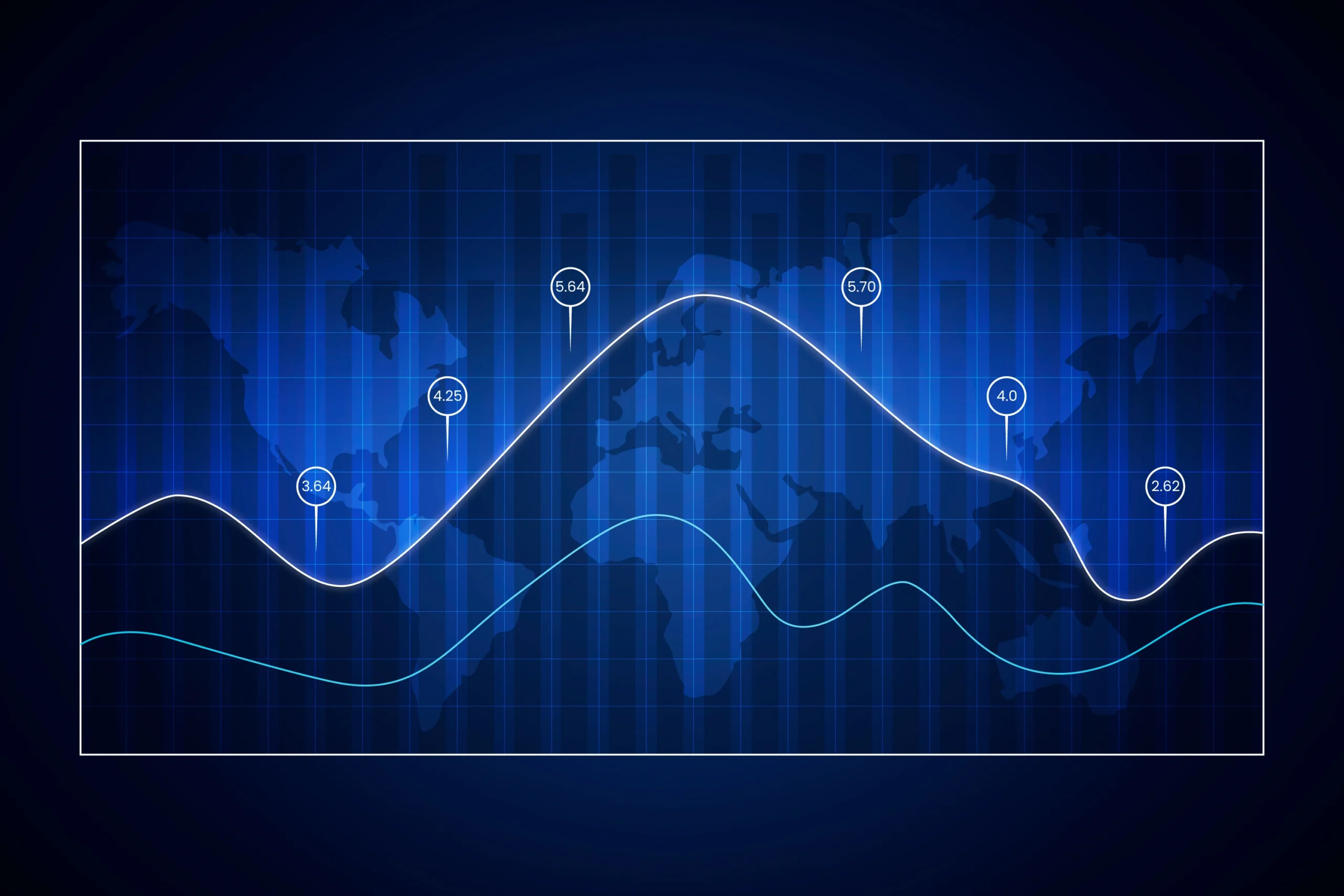
Here’s where it gets interesting. Algorithmic futures trading runs on systematic data processing—think of it as a never-sleeping data analyst. These systems continuously gulp down real-time price feeds and volume data, run them through mathematical models to generate signals, then immediately fire off orders with minimal delay.
Sub-millisecond execution speeds aren’t just buzzwords—they’re the standard. Modern systems use sophisticated order types and smart routing to minimize market impact while incorporating futures trading indicators for signal generation.
Key Benefits of Using Algorithms for Futures

Automated futures trading absolutely demolishes manual approaches:
- Lightning-Fast Execution: While you’re still processing what happened, algorithms have already reacted to market changes in microseconds. This speed advantage captures those blink-and-you-miss-it opportunities during volatile periods.
- Zero Emotional Baggage: These systems execute trades based purely on programmed logic. No fear, no greed, no “what if” moments—just consistent discipline regardless of whether your last trade was a winner or loser.
- Round-the-Clock Coverage: Your algorithm doesn’t need sleep. While you’re catching Z’s, it’s monitoring European energy markets, Asian metals, or overnight US index action.
- Multi-Market Juggling: Processing multiple markets, timeframes, and indicators simultaneously? Child’s play for algorithms. They spot correlation opportunities that would make your head spin.
Top 5 Types of Futures Trading Algorithms
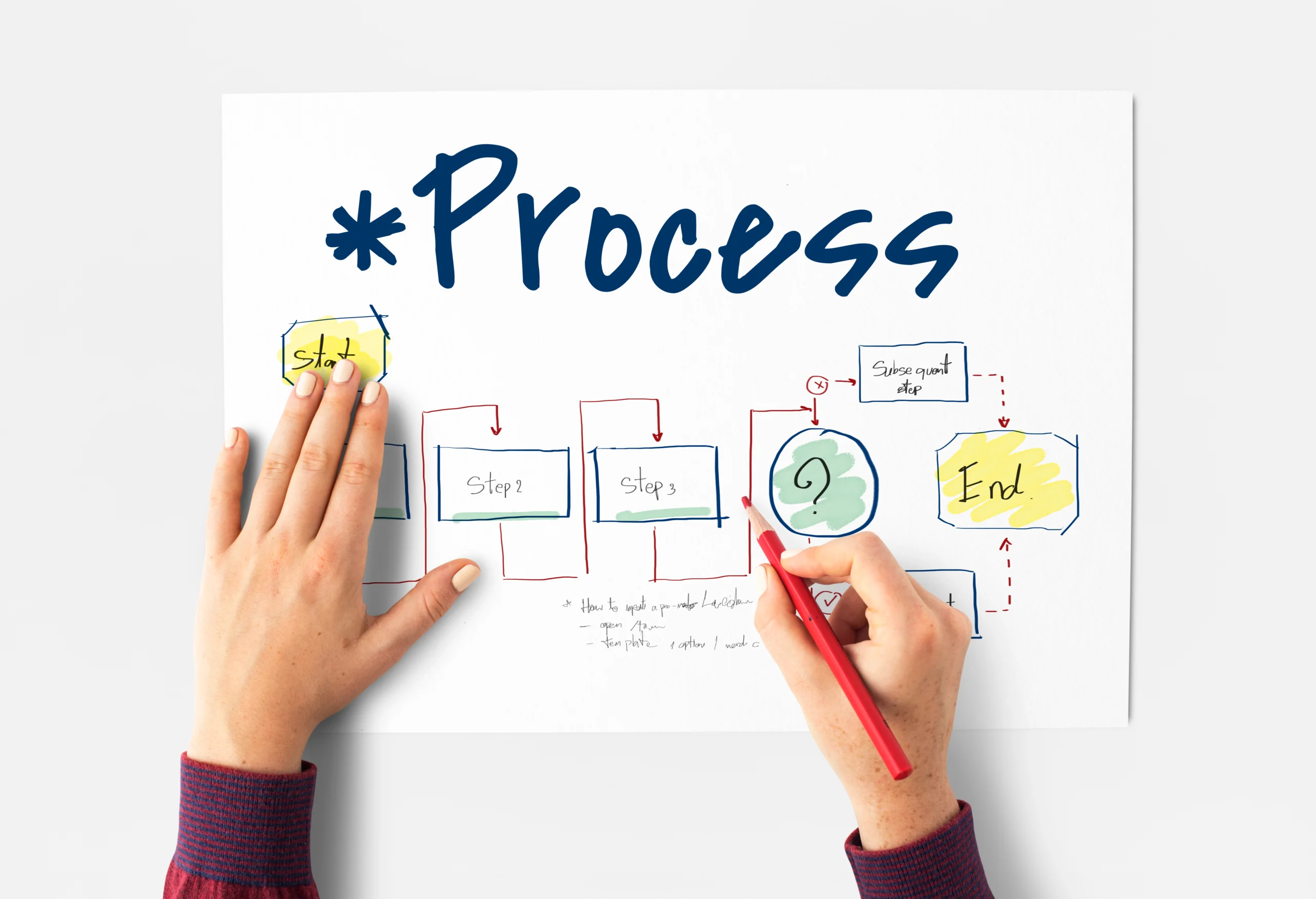
Successful futures trading algorithms generally fall into five camps, each designed to exploit different market quirks and patterns. Here’s the breakdown:
| Algorithm Type | Best Markets | Complexity Level | Typical Holding Period | Success Rate |
| Trend-Following | Energies, Indices | Beginner | Days to Weeks | 40-50% |
| Arbitrage | Related Contracts | Advanced | Seconds to Minutes | Variable* |
| Mean Reversion | Grains, Metals | Intermediate | Hours to Days | 55-65% |
| Volume-Weighted | All Liquid Markets | Intermediate | Minutes to Hours | 60-70% |
| Machine Learning | High-Volume Markets | Expert | Variable | 50-60% |
*Arbitrage success depends heavily on market conditions and technology infrastructure
Trend-Following Algo
Trend-following systems are the workhorses of algorithmic trading—they identify sustained price movements and ride them like a surfer catching waves. These typically use moving average crossovers, momentum indicators, or breakout patterns to jump on trends.
Let’s get concrete: Picture a crude oil trend-following system using 20-day and 50-day moving averages. When that 20-day line crosses above the 50-day with oil sitting at $75 per barrel, boom—the algorithm buys a contract. Oil climbs to $82 over the next few weeks? That’s $7,000 profit (1,000 barrels × $7 price jump).
But here’s the catch—whipsaw markets are brutal. Oil reverses right after the entry signal, drops to $72? Your system just ate a $3,000 loss before potentially cutting its losses. Smart position sizing and well-placed stop-losses are essential to weather those inevitable false signals.
Arbitrage Algo
Arbitrage systems are the speed demons of algorithmic trading, exploiting those brief price discrepancies between related futures contracts. Calendar spread arbitrage is popular—trading the price differences between near-month and distant contracts.
Natural gas calendar spreads offer perfect examples when opportunities pop up. January natural gas at $3.50 per MMBtu while February sits at $3.80? That $0.30 spread might be wider than normal seasonal patterns justify. An arbitrage algo could sell January, buy February, then profit when the spread normalizes to $0.15—potentially generating $1,500 per spread.
Time sensitivity makes this game incredibly challenging. Price discrepancies often vanish within seconds as other algos pounce on the same opportunity. You need ultra-low latency infrastructure and sophisticated spread calculations to compete.
Mean Reversion Algo
Mean reversion strategies bet on rubber band economics—what goes up (or down) too far usually snaps back toward average levels. These systems identify statistically stretched conditions and position for that inevitable return to normal.
Consider this: Statistical analysis of gold futures might show that when prices stray more than two standard deviations from the 20-day moving average, they typically return to the mean within five days about 75% of the time. Gold trading at $2,100 with a mean of $2,050? The algorithm sells contracts, betting on that reversion to average.
Futures trading strategies often weave in mean reversion elements, especially in range-bound markets. But watch out—strong trending markets can absolutely wreck these strategies when prices keep marching away from historical averages.
Volume-Weighted Algo
Volume-weighted systems are the institutional traders’ best friends, designed to execute large orders without moving markets significantly. VWAP (Volume Weighted Average Price) and TWAP (Time Weighted Average Price) strategies slice big positions into smaller chunks spread across optimal time periods.
Picture this scenario: An institution needs to buy 500 corn contracts without telegraphing their intentions. A VWAP algorithm studies historical volume patterns and spreads the orders strategically—maybe 50 contracts during the morning open, 150 during midday action, and 300 during the afternoon close.
These systems are lifesavers for large-scale operations but honestly? They’re overkill for smaller retail accounts. The implementation complexity often outweighs the benefits unless you’re trading serious size.
Machine Learning-Based Algo
Machine learning represents the bleeding edge—using artificial intelligence to spot complex patterns that would fly right over traditional analysis. These systems can simultaneously process thousands of variables: price patterns, volume relationships, sentiment data, economic indicators, you name it.
Imagine a deep learning model analyzing five years of S&P 500 futures data, incorporating VIX levels, yield curve shapes, earnings sentiment, geopolitical events—the works. The system learns which specific factor combinations lead to profitable opportunities with measurable statistical edges.
Performance often beats traditional methods hands down, but machine learning demands serious resources—extensive data, computational horsepower, and ongoing model refinement. AI for futures trading represents the cutting edge but requires significant technical expertise and infrastructure investment.
Best Platforms for Running Futures Trading Algorithms

NinjaTrader dominates the retail algo space with comprehensive development tools and C# programming support. Want optimal performance? A NinjaTrader VPS ensures minimal latency and rock-solid uptime.
MetaTrader 5 handles futures with Expert Advisor functionality, while Python platforms like QuantConnect offer serious flexibility for custom development. When evaluating the best trading bots for futures, focus on execution speed, backtesting capabilities, and data quality. The newest futures trading bots 2025 pack advanced machine learning features and enhanced risk management protocols.
Infrastructure requirements? Reliable connectivity, backup systems, and redundant data feeds are non-negotiable.
Backtesting and Optimization: What You Need to Know
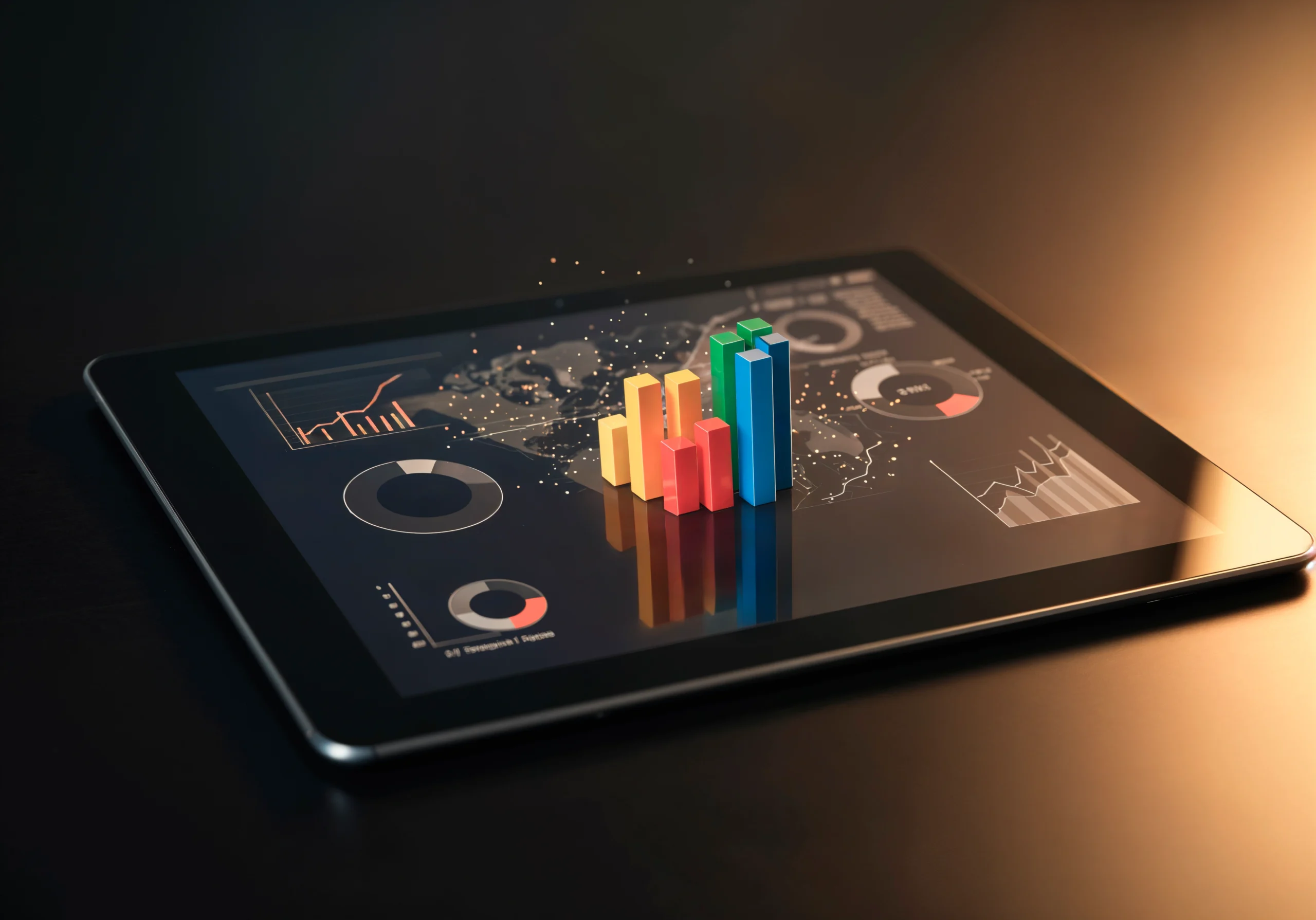
Historical backtesting validates your algo’s performance using past data before risking real money. Research indicates that backtest overfitting represents a pervasive problem when multiple testing isn’t properly controlled.
Quality backtesting demands accurate data, realistic costs, and walk-forward optimization. Conservative estimates including slippage and commissions? They’re usually more reliable than rosy projections.
Risks and Limitations of Algo Trading in Futures

Technology failures top the risk list. Server crashes or software bugs can cost you big during volatile markets. Market regime changes can turn profitable algorithms into money losers overnight, while understanding futures trading tax rate implications helps manage administrative headaches.
Over-optimization creates systems that look amazing historically but bomb in live markets. That temptation to perfect your backtests? It often produces systems optimized for past conditions rather than future realities.
How to Get Started with Automated Futures Strategies
Start with a structured game plan:
- Keep It Simple: Master basic moving average systems before diving into machine learning wizardry
- Paper Trade First: Test your strategies without risking actual cash
- Risk Management: Never risk more than 2% per trade—this rule isn’t negotiable
- Trading Hours: Consider what time futures markets open when scheduling your systems
Automated futures trading strategies demand patience and disciplined development over months of testing. Many successful traders start with established futures algo trading strategies and gradually customize them based on real market experience.
Related: Indicators & Strategies That Feed Into Algos

Technical indicators like moving averages and RSI generate the signals that power automated trades. Understanding futures contract expiry date mechanics becomes crucial for seamless rollover strategies. Futures trading strategies often combine multiple elements for superior performance.
Conclusion
The best futures trading algorithms blend proven mathematical approaches with solid risk management and reliable execution. Whether you choose trend-following, arbitrage, mean reversion, volume-weighted, or machine learning systems, each offers unique advantages depending on market conditions.
Success boils down to careful strategy selection, thorough backtesting, and conservative position sizing. Start simple, build complexity gradually, and remember—even sophisticated futures trading algorithms need ongoing monitoring and optimization.
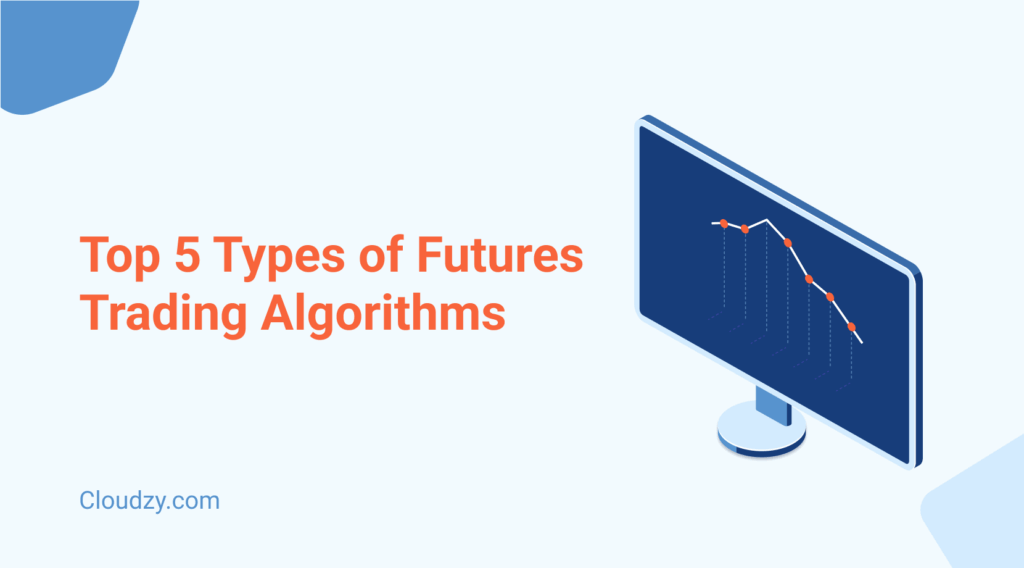
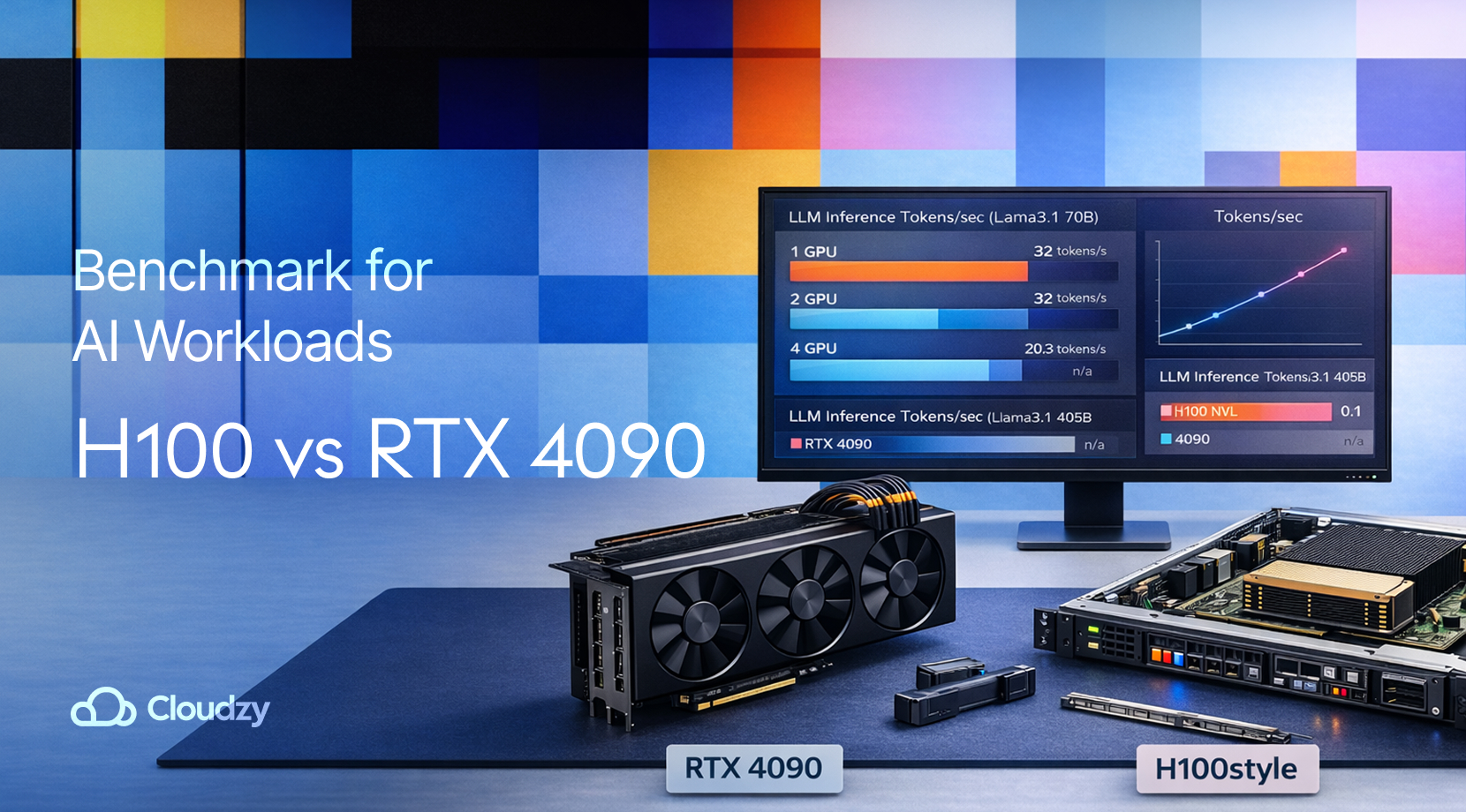
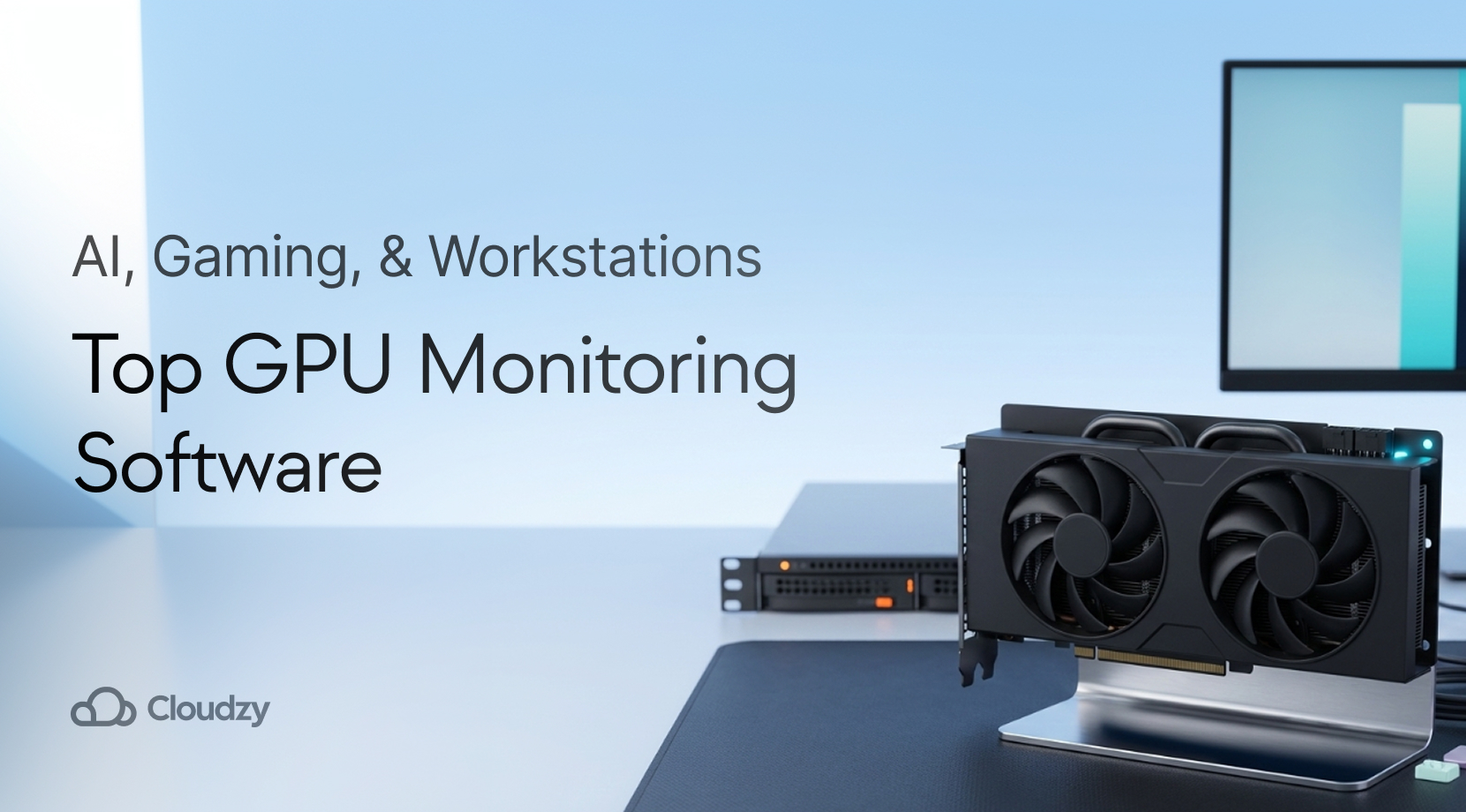
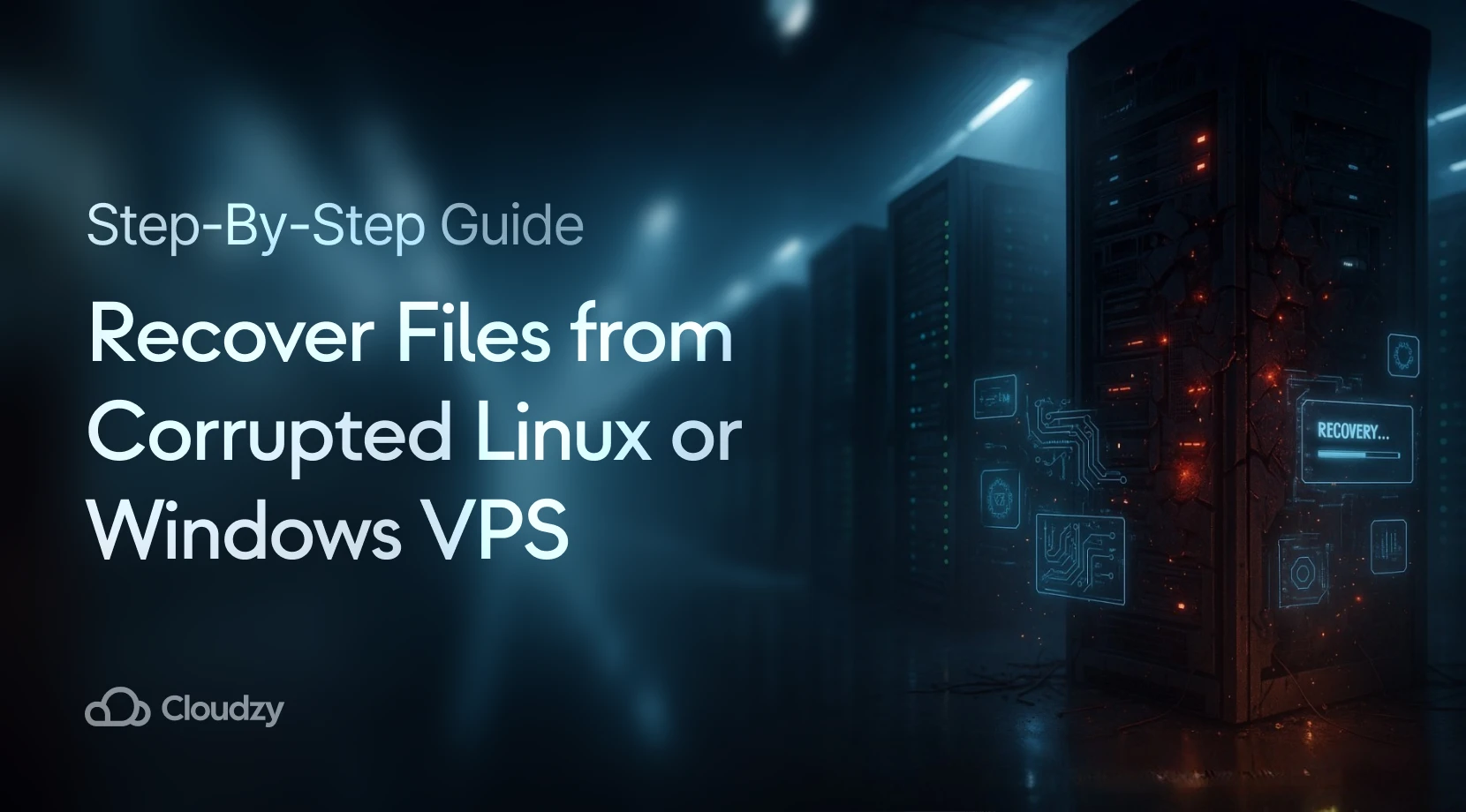
One thought on “Best Futures Trading Algorithms for Automated Profits 2025”
The point about futures markets being ideal for automated strategies is spot on. With liquidity and predictable contract specs, algorithms can thrive in these markets, reducing emotional decision-making and improving consistency. It’s exciting to think about how much more efficient trading could become as these systems continue to evolve.